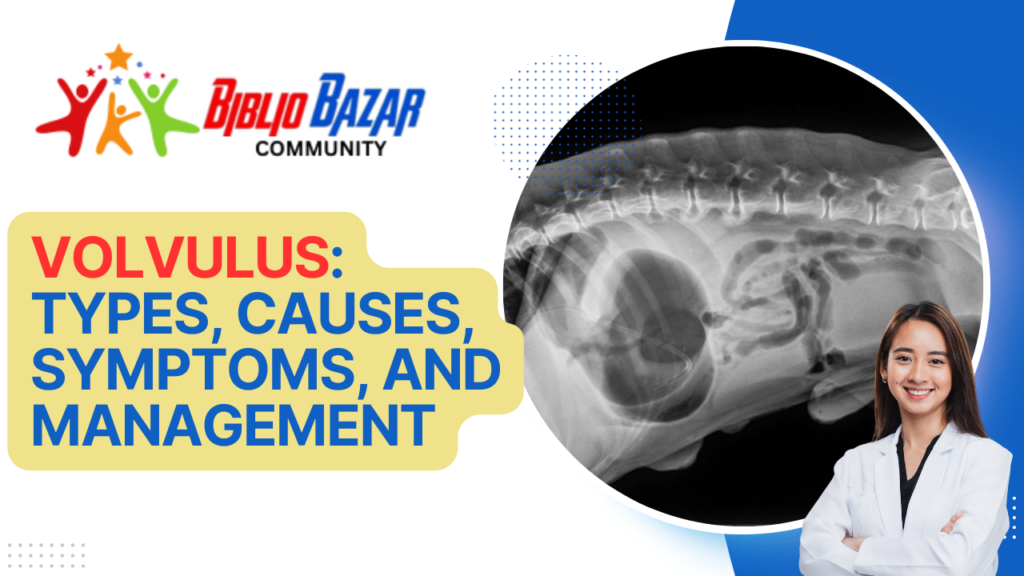
Lymphadenopathy is a medical condition characterized by the enlargement of lymph nodes. These small, bean-shaped structures are vital components of the body’s immune system, acting as filters for harmful substances and helping fight infections by producing immune cells. Lymphadenopathy can manifest in two primary forms: localized and generalized. Localized lymphadenopathy affects lymph nodes in a specific area, whereas generalized lymphadenopathy involves lymph nodes throughout the body.
The causes of lymphadenopathy are diverse, ranging from infections, autoimmune diseases, and inflammatory conditions to malignancies such as lymphomas and leukemias. Common infections that can lead to lymphadenopathy include bacterial infections like strep throat, viral infections like infectious mononucleosis, and parasitic infections such as toxoplasmosis. Autoimmune diseases like rheumatoid arthritis and lupus can also cause lymph node enlargement, as can certain medications and vaccines.

Risk factors for developing lymphadenopathy include having an underlying infection, autoimmune disease, or cancer, as well as being exposed to medications or vaccines that may trigger lymph node enlargement. Symptoms can vary depending on the underlying cause but often include swollen, tender lymph nodes, fever, night sweats, weight loss, and fatigue. The nodes may be painful or painless and can differ in size and consistency.
Treatment options for lymphadenopathy are determined by the underlying cause. If the condition results from an infection, antibiotics or antiviral medications may be prescribed. In cases of autoimmune diseases, immunosuppressive drugs may be utilized. For lymphadenopathy caused by cancer, treatment may involve chemotherapy, radiation therapy, or surgery to remove the affected lymph nodes. Surgical intervention might also be necessary for diagnostic purposes, such as performing a biopsy to pinpoint the exact cause of the lymphadenopathy.

The nursing care plan for a patient with lymphadenopathy emphasizes symptom management, supportive care, and patient education. Nurses should monitor the patient’s vital signs, assess the size and tenderness of the lymph nodes, and watch for signs of infection or complications. Pain management, proper hydration, and adequate nutrition are essential components of care. Educating patients about their condition, treatment options, medication adherence, recognizing signs of infection, and the importance of follow-up appointments is crucial for effective management.
Subscribe to us for more videos like this and visit bazarbiblio.com for notes and free pdf books. Thank You.

Frequently Asked Questions
- What is lymphadenopathy?
Lymphadenopathy refers to the enlargement of lymph nodes, which are part of the immune system. - What are the common causes of lymphadenopathy?
Common causes include infections, autoimmune diseases, inflammatory conditions, and cancers such as lymphomas and leukemias. - How is lymphadenopathy diagnosed?
Diagnosis involves physical examination, medical history, blood tests, imaging studies, and sometimes a biopsy of the lymph node. - What are the treatment options for lymphadenopathy?
Treatment depends on the underlying cause and may include antibiotics, antiviral medications, immunosuppressive drugs, chemotherapy, radiation therapy, or surgical removal of the lymph nodes. - Can lymphadenopathy be a sign of cancer?
Yes, lymphadenopathy can be a sign of cancers such as lymphomas and leukemias. - How can infections lead to lymphadenopathy?
Infections can cause lymph nodes to enlarge as they work to filter out harmful substances and produce immune cells to fight the infection. - What are the symptoms of lymphadenopathy?
Symptoms include swollen, tender lymph nodes, fever, night sweats, weight loss, and fatigue. - Is lymphadenopathy always painful?
No, lymphadenopathy can be painful or painless, depending on the underlying cause and the severity of the condition. - What should I do if I notice swollen lymph nodes?
If you notice swollen lymph nodes, it’s essential to seek medical advice to determine the underlying cause and receive appropriate treatment. - How can I prevent lymphadenopathy?
Preventing lymphadenopathy involves managing underlying conditions, avoiding infections through good hygiene practices, and staying up-to-date with vaccinations.
Discover more from Bibliobazar Digi Books
Subscribe to get the latest posts sent to your email.


